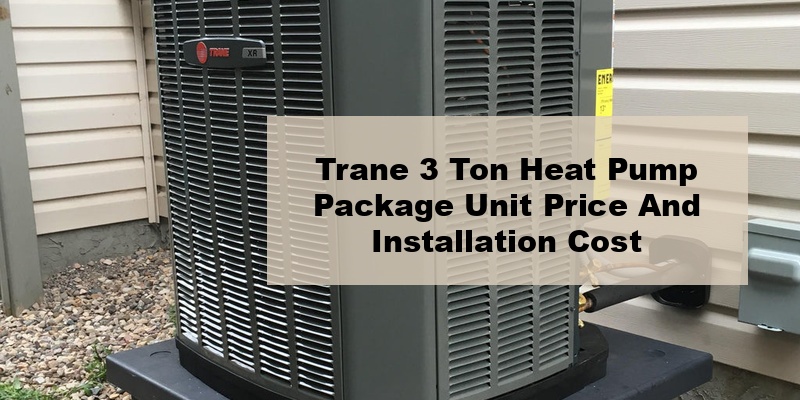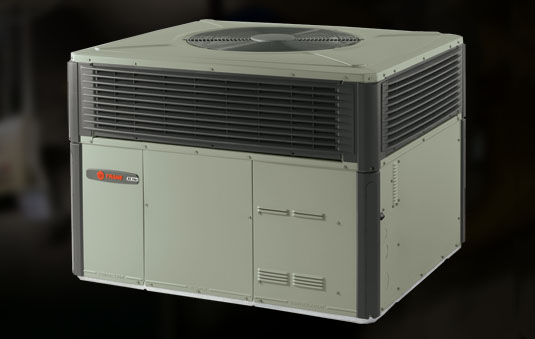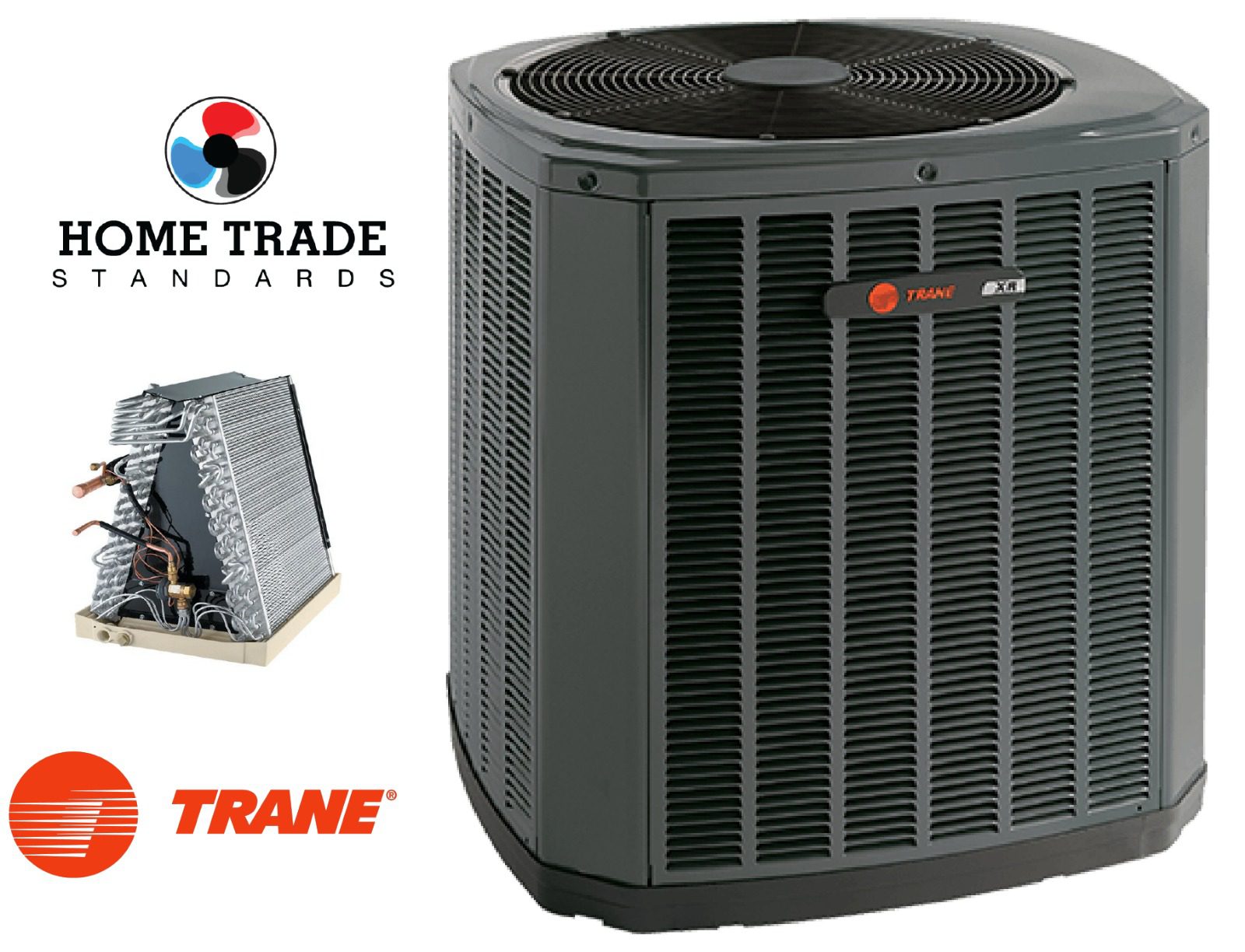Trane 3 Ton Heat Pump Package Unit Price

Imagine this: It's the dead of winter, and your usually reliable Trane 3-ton heat pump package unit is blowing lukewarm air, or worse, just cold air. Or perhaps it's the height of summer, and instead of cool, refreshing air, you're getting barely-there relief, and your energy bill is skyrocketing. These scenarios are all too common, and while a failing heat pump can feel daunting, there are several things you can check yourself before calling a professional.
Troubleshooting Your Trane 3-Ton Heat Pump: A Step-by-Step Guide
This guide will walk you through a systematic approach to diagnosing common heat pump issues. Remember, safety first! Always turn off the power to your unit at the breaker box before attempting any repairs. If you're uncomfortable with any step, don't hesitate to call a qualified HVAC technician.
Step 1: The Obvious Checks (No Tools Required)
Before diving into anything complex, let's start with the basics. These checks require no tools and can often pinpoint simple problems.
- Thermostat Settings: Double-check that your thermostat is set to the correct mode (heat or cool) and that the temperature is set appropriately. Sounds simple, but it's a common oversight! Make sure the batteries are fresh if your thermostat requires them.
- Air Filters: A dirty air filter is the number one cause of reduced airflow and can significantly impact your heat pump's performance. Locate your air filter (usually near the indoor unit or in a return vent) and inspect it. If it's clogged with dust and debris, replace it with a new one of the correct size and type. This is a task you should be performing regularly (every 1-3 months) to maintain optimal performance.
- Outdoor Unit Obstructions: Visually inspect the outdoor unit. Are there any obstructions blocking airflow, such as leaves, snow, ice, or debris? Clear away anything that's hindering the unit's ability to breathe. Pay close attention to the coil fins – these are delicate and easily bent, reducing efficiency.
- Supply and Return Vents: Ensure that none of your supply or return vents are blocked by furniture, rugs, or curtains. Free airflow is essential for proper heating and cooling.
- Breaker Panel: Check the breaker for your heat pump in your electrical panel. Has it tripped? If so, reset it. If it trips again immediately, do not keep resetting it. This indicates a more serious electrical problem that requires professional attention.
Step 2: Basic Visual Inspection (Minimal Tools May Be Needed)
These steps require a little more observation and perhaps a screwdriver.
- Condenser Fan: Observe the condenser fan (the large fan on top of the outdoor unit). Is it spinning freely when the unit is supposed to be running? If it's not spinning, or if it's making unusual noises, the motor may be failing. Do not attempt to manually spin the fan while the unit is powered on! Turn off the breaker first. You *can*, however, try to gently spin it by hand (with the breaker off) to see if it's seized or encounters resistance.
- Coil Condition: Carefully inspect the outdoor unit's coil (the metal fins surrounding the unit). Are they clean and free of debris? Are they excessively bent or damaged? Gently straighten any bent fins with a fin comb (a specialized tool for this purpose – easily found online or at hardware stores). Be extremely careful not to puncture the coil tubing!
- Refrigerant Lines: Examine the refrigerant lines (the copper pipes connecting the indoor and outdoor units). Are there any signs of leaks, such as oily residue or ice buildup? Leaks require immediate professional attention.
- Wiring Connections: With the power off at the breaker, carefully inspect the wiring connections inside the outdoor unit's control panel (remove the access panel). Look for any loose, corroded, or burnt wires. If you see any signs of damage, do not attempt to repair them yourself. Call a qualified electrician or HVAC technician.
Step 3: Diagnosing Common Problems
Based on your observations, you can start to narrow down the potential causes of your heat pump's issues.
- Weak Airflow: If the airflow from your vents is weak, the most likely causes are a dirty air filter, blocked vents, or a failing blower motor. Replacing the air filter should always be your first step. If that doesn't solve the problem, consider having a professional inspect your ductwork for leaks or blockages.
- Lukewarm Air in Heat Mode: If your heat pump is blowing lukewarm air in heat mode, the problem could be a refrigerant leak, a faulty reversing valve, or a malfunctioning compressor. These issues require specialized tools and knowledge and should be handled by a professional. A clogged air filter can also contribute to this issue, so ensure that's been addressed.
- No Cool Air in Cooling Mode: Similar to the heating issue, a lack of cool air can be caused by a refrigerant leak, a malfunctioning compressor, or a faulty condenser fan. Again, professional diagnosis and repair are recommended. Check the condenser fan for proper operation as described above.
- Ice Buildup on Outdoor Unit: Some ice buildup on the outdoor unit is normal during cold weather, as the unit cycles through defrost mode. However, excessive ice buildup could indicate a problem with the defrost cycle, a refrigerant leak, or poor airflow. If the ice is excessive, and the unit isn't defrosting properly, call a professional. Make sure the area around the unit is clear of snow and ice.
- Unusual Noises: Grinding, squealing, or rattling noises can indicate a variety of problems, such as a failing motor, a loose fan blade, or a worn-out compressor. Attempt to identify the source of the noise and call a professional for diagnosis and repair. Ignoring unusual noises can lead to more serious and costly damage.
- Short Cycling: If your heat pump turns on and off frequently, it's called short cycling. This can be caused by a dirty air filter, a refrigerant leak, or an oversized unit. Check the air filter first. If the problem persists, consult with an HVAC professional. Short cycling wastes energy and shortens the lifespan of your heat pump.
DIY Actions You Can Take (Safely)
After performing the checks outlined above, here are some simple DIY actions you can take:
- Replace the Air Filter: This is the most important and easiest maintenance task.
- Clear Obstructions: Remove any debris from around the indoor and outdoor units.
- Straighten Coil Fins: Gently straighten bent coil fins with a fin comb.
- Clean the Outdoor Unit: Use a garden hose (with a gentle spray nozzle) to clean the outdoor unit, removing any dirt or debris. Be careful not to spray water directly into the electrical components. Turn off the power at the breaker before cleaning.
When to Call a Professional HVAC Technician
While some problems can be resolved with simple DIY solutions, many issues require the expertise of a qualified HVAC technician. Here's when you should call for professional help:
- Refrigerant Leaks: Handling refrigerant requires specialized equipment and knowledge.
- Compressor Problems: Compressor repairs are complex and expensive.
- Electrical Issues: Any electrical problems beyond a tripped breaker should be handled by a professional.
- Reversing Valve Problems: The reversing valve controls the direction of refrigerant flow and requires specialized tools for repair.
- Defrost Cycle Malfunctions: Diagnosing and repairing defrost cycle issues requires technical expertise.
- Any Time You Feel Uncomfortable: If you're unsure about any step in the troubleshooting process, it's always best to err on the side of caution and call a professional.
Understanding Trane 3-Ton Heat Pump Package Unit Pricing
While this article focuses on troubleshooting, it's important to have a basic understanding of the factors that influence the price of a Trane 3-ton heat pump package unit. Pricing can vary significantly based on several factors:
- SEER Rating: Higher SEER (Seasonal Energy Efficiency Ratio) ratings indicate greater energy efficiency, and these units typically cost more upfront.
- HSPF Rating: Higher HSPF (Heating Seasonal Performance Factor) ratings indicate greater heating efficiency, which also affects the price.
- Features and Technology: Advanced features like variable-speed compressors, smart thermostats, and enhanced filtration systems can increase the price.
- Installation Costs: Installation costs can vary depending on the complexity of the installation, the location of the unit, and the contractor's rates.
- Geographic Location: Prices can vary depending on your location, due to differences in labor costs, local regulations, and competition.
- Contractor: Different HVAC contractors may offer different prices for the same unit and installation. It's always a good idea to get multiple quotes from reputable contractors.
Remember, the cheapest option isn't always the best. Consider the long-term energy savings and reliability when making your decision. A higher-efficiency unit may cost more upfront, but it can save you money on your energy bills over the life of the unit. Also check on the warranty period. Most of the time a contractor could offer you extended warranty period so it can be a huge factor when choosing a contractor.
By following these troubleshooting steps and understanding the factors that influence pricing, you can take a more informed approach to maintaining and potentially replacing your Trane 3-ton heat pump package unit. Good luck!










